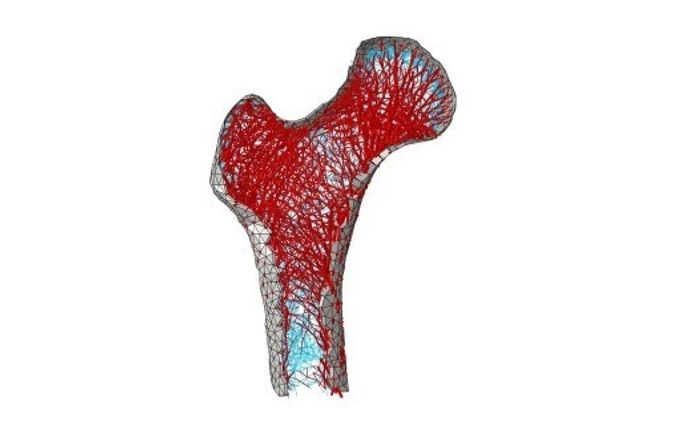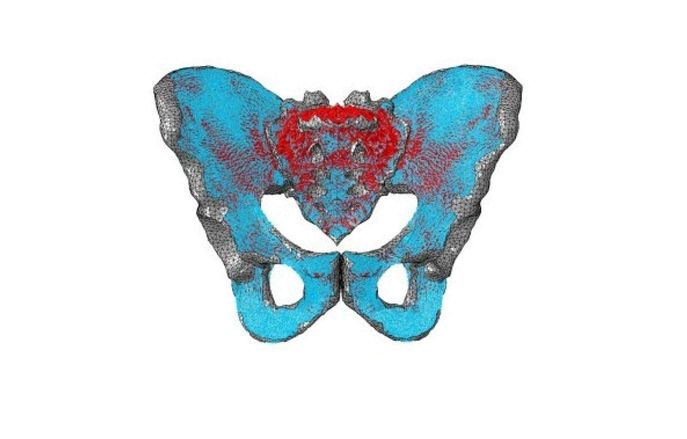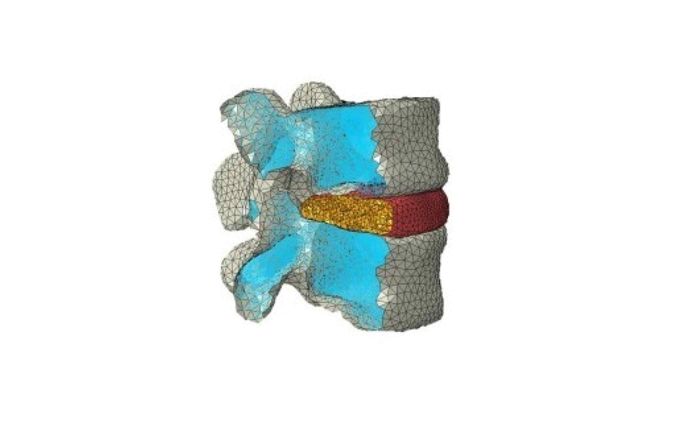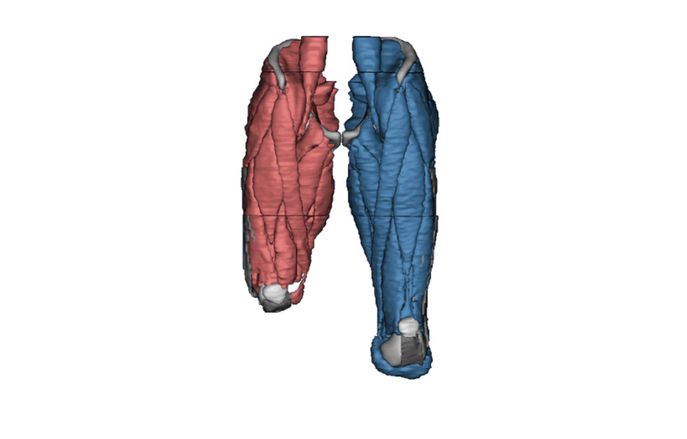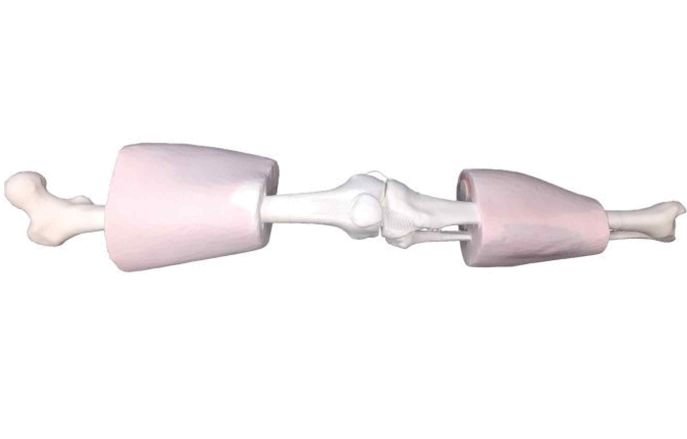Introduction
This area of research is motivated by the desire to produce a more efficient framework for modelling the musculoskeletal system. It is striking that the early works of Culmann and von Meyer focused on the structure of the skeletal system. Recent micro-scale continuum finite element models have the potential to represent this structure but are incredibly computationally demanding. While macro-scale continuum models are significantly more efficient they are limited to the extent that they can represent the structural characteristics of the skeletal system.
Continuum models may have gained prominence due to the ease of comparison to CT and micro-CT studies. However in the context of bone modelling and remodelling a structural mechanics as opposed to solid mechanics approach can further elucidate the behavioural characteristics of the skeletal system. Meso-scale and macro-scale structural models of the skeletal system have the potential to be both computationally efficient as well as providing behavioural information complimentary to that found using continuum models.
While the structural approach has obvious application to the skeletal system it is recognised that the soft tissues of the musculoskeletal system also have clear structural layouts associated with them. It is therefore proposed that methods similar to those outlined here for representation of the skeletal system will also find application in describing the soft tissues of the musculoskeletal system.
Models
Projects
Contact us
Dr Andrew Phillips
Imperial College London
Structural Biomechanics
Skempton Building
South Kensington Campus
London SW7 2AZ, UK
Creative Commons license
This work by Imperial College London, Structural Biomechanics is licensed under a Creative Commons Attribution-NonCommercial-ShareAlike 4.0 International License.
